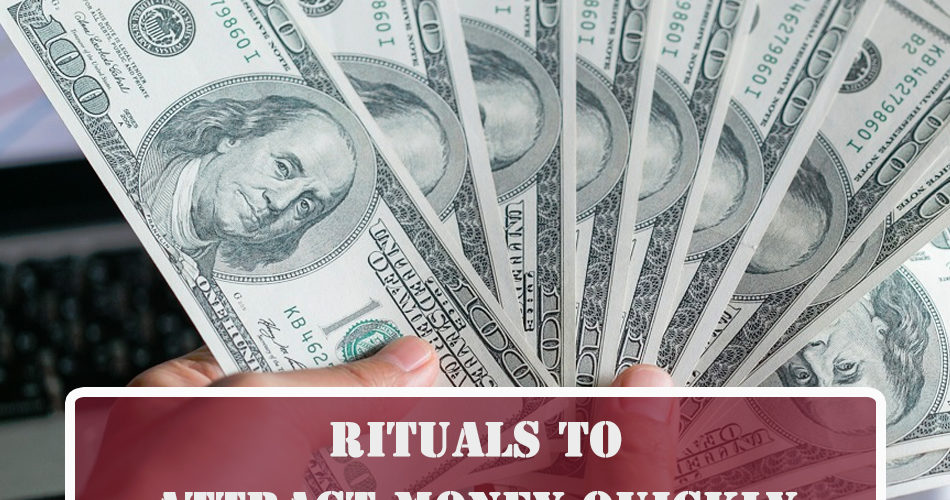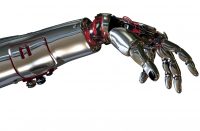It’s hard not to believe the end is nigh when the buying and selling of blood turns out to be one of America’s booming industries.
The life-saving act of blood donation in Ireland operates on a voluntary basis, besides the odd celebratory pin, and people are expected to give out of the goodness of their heart. Of course with capitalists being hell-bent on lifting the plot from every dystopian film and making them into everyday reality one shouldn’t be surprised that blood is now a growing, privatised and lucrative business in some parts of the world.
A particularly egregious example of this bloodsucking trend is the return of Peter Thiel’s anti-aging company Ambrosia (a.k.a. Ivy Plasma). Thiel is another Silicon Valley billionaire, Trump supporter, and bankrupter of Gawker, and has hopes of being the first immortal. His company, according to its own web site, “offer[s] infusions of young blood from donors ages 16 to 25 . . . [leading to] improvements in biomarkers related to Alzheimer’s disease, cancer, inflammation, and stem cells after a single treatment with young blood . . . You must be at least 30 years old to receive this treatment.”
A transfusion of 1 litre of fresh and youthful blood in an Ambrosia centre will set you back $8,000; 2 litres gets you a discounted rate of $12,000. You can get further reductions if you merely want the blood and are willing to organise your own transfusion.
Moving away from a billionaire’s pipe dream, a few enormous bloodthirsty American companies, such as Grifols and CSL, supply 70 per cent of the world’s plasma, mainly because most other countries have banned the practice, on ethical and medical grounds.
In contrast to the money made on this plasma, the prices for plasma donation set by the blood-collection companies can appear chaotic or arbitrary at first. For example, the first five times a person sells their blood they may receive $75; for each sale after that they stand to earn between $20 and $50.
The companies are fully aware that people who continue to sell blood past the premium prices are desperate. Desperate means easier to exploit; and these donors can be pressured into selling for $30 this time in order to get closer to the $50 sale next time. Many of these blood-collection centres are enormous, with multiple rows of dozens of machines working away. It’s all very reminiscent of a battery farm.
These same desperate donors are allowed to donate twice per week (104 times per year), provided they aren’t anaemic or dehydrated. To put this in perspective, Ireland allows blood donation once every 90 days, platelet donation once every 28 days, for the safety of the donors. This twice-a-week blood donation, however, is another source of income that many American working poor have become reliant on; and of course the hidden costs can be high.
Losing two donations’ worth of plasma a week has serious health consequences. About 70 per cent of regular American donors experience health complications. Donors have a lower protein count in their blood, putting them at greater risk of infections and of liver and kidney disorders. Many regulars suffer from near-permanent fatigue and are borderline anaemic—disorders and illnesses that these same donors can’t afford to treat or avoid by ceasing donations, donations that are then used to treat and ensure the health and well-being of those who can afford medical treatment.
A warning issued by the US Food and Drug Administration in February 2019 forced Ambrosia to temporarily shut its doors, only to reopen in November the same year. Needless to say, the treatments are based on pseudo-science and have been dogged by controversy, including one patient dying as a possible result of the anti-aging transfusion.
This shouldn’t be the scandal, though: the logical end point of Thiel’s dystopian world vision would be an economy in which the wealthy subsist on the blood of the poor—literally vampire capitalism.






